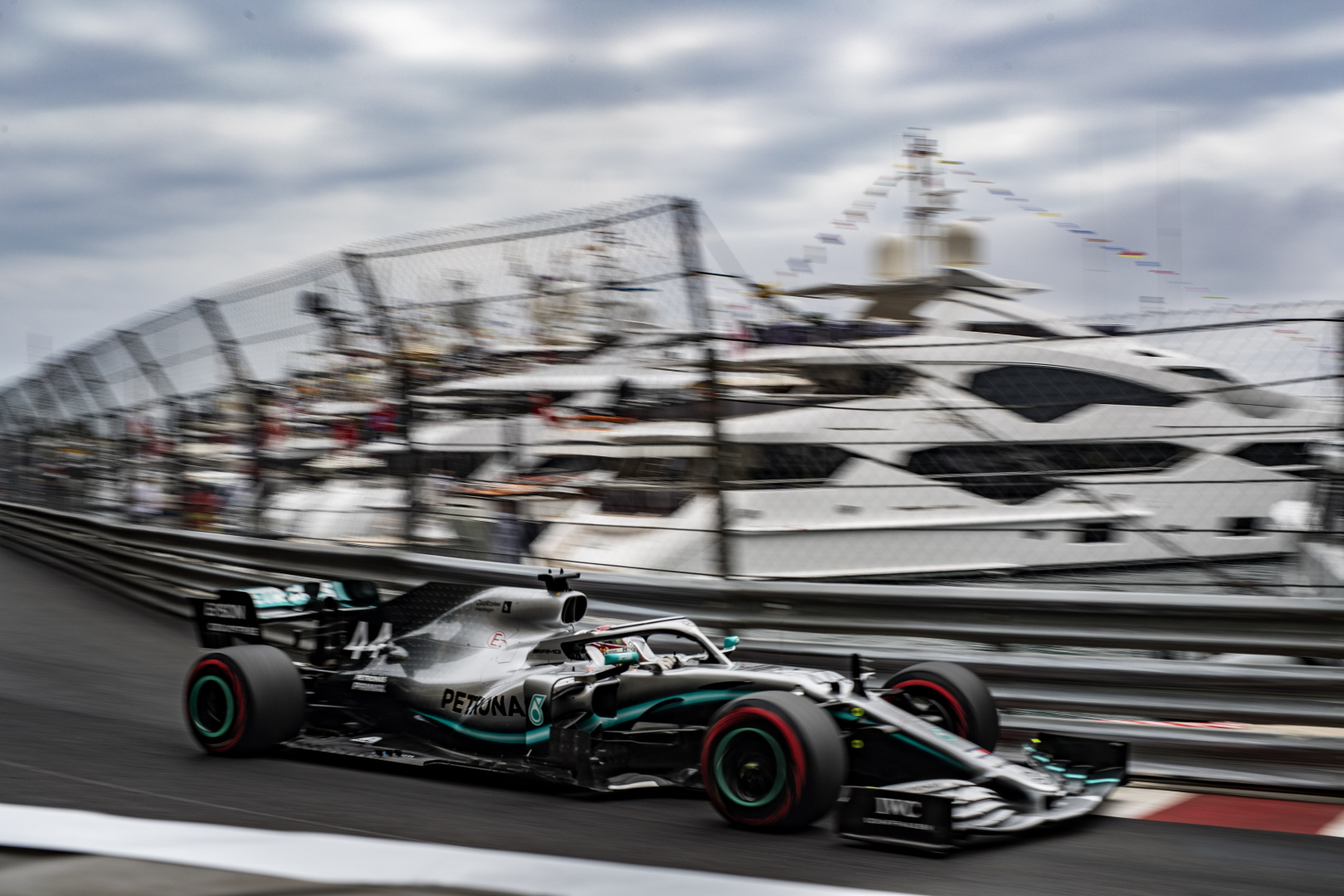FIA announces big rule changes for Formula 1
The new rules will allow smaller teams to be more competitive while also aiming to have closer racing and lesser parity between teams.
 The rules aim to curb dominance from any particular team
The rules aim to curb dominance from any particular teamThe dominance of the Mercedes-AMG Petronas team in Formula 1’s turbo-hybrid era is no joke. In 2016, out of 21 races in the season, Mercedes won 19. Why am I talking about Mercedes when the title is about rule changes? Well, the utter dominance of Mercedes, as well as the financial model paying a huge royalty fees to teams like Ferrari and Mclaren for their heritage means that smaller teams rarely have a chance to compete with the bigger ones, making the racing more predictable. This has forced the FIA to make rule changes that make the playing field more level. This is in terms of money and development, both of which are interrelated. Before we move on, take a look at the video below to get an understanding for how skewed Formula 1’s division of prize money really is.
Okay, now that we are on the same page. Let's take a look at the key highlights of what the FIA announced:
Cost Cap
The teams and FIA had already agreed on a cost cap of $175 million for 2021, but that has now been reduced to $145 million. The cap will further reduce to $140 million in 2022, and then to $135 million in 2023. The reduction is due to the coronavirus pandemic that has seriously shaken up the financial stability of all teams. Not only will the new cost cap reduce the parity between the teams, it will ensure the sport is more cost effective too. The staggered approach is to allow the teams to restructure their operations to the new budget caps. Some exclusions are allowed such as the carryover of parts from 2020 to 2021 as well as the salary of the workforce on leave.
Aerodynamic Development
For the first time in the history of the sport, the amount of wind tunnel time teams can get will be restricted. This will be done in a proportionate manner — the lower a team finishes, the more wind tunnel time they get and vice versa. This will allow smaller teams to catch up to the top teams that have bigger factories and more resources. Additionally, the downforce on the 2021 cars will be restricted. A number of key parts like the chassis and suspension will be fixed between 2020 and 2021, and teams will have to trim part of the floor to reduce downforce. This is partly being done so that the tyre compounds can remain the same for 2021, before moving on to larger wheels for 2022. A token system will be used to allow a very limited number of modifications. However, the teams can still develop components like front and rear wings, diffuser and barge boards like they currently do.
 Percentage of aero development allowed for teams starting 2021
Percentage of aero development allowed for teams starting 2021Power Unit
Over the course of a season, teams continuously develop and improve the power trains on their cars, some more than others. Starting next season, there will be a restriction on the number of upgrades a power unit manufacturer like Honda or Mercedes can do over the course of the season. Again, this will reduce the cost of development while also bringing teams closer together.
Weight
The minimum required weight governs how much a car can weigh for a race. The current limit is 746kg, below which teams will not be allowed to compete. Naturally, it is the goal of all teams to hit that minimum mark or get as close to it as possible. If this cannot be done with the car alone, the driver suffers by having to cut down his own weight. For 2021, the minimum required weight will be increased by 3kg to a total of 749kg.
 These are some of the biggest rule changes in the history of the sport
These are some of the biggest rule changes in the history of the sportNew Era
The huge set of rule changes that were set to make the 2021 Formula 1 season much closer than we’ve seen in recent times has been deferred to 2022. This has been done partly to allow teams to gradually cope with the new rules that will be coming into effect and also not further burden teams with the current COVID-19 situation. The rule changes will allow cars to race much closer together while the budget caps and restrictions on development will allow for smaller teams to take the fight right to the big teams.
Breaking: The 2020 Dutch Grand Prix has been cancelled
The rule changes will ultimately mean slightly slower cars, but the racing will be much more exciting than we’re used to in recent times. Even since 2014, the racing has become closer but there is a long way to go before we get proper wheel-to-wheel action and a bunch of on-track overtakes during a race. We cannot wait to see how these rules translate on track!


